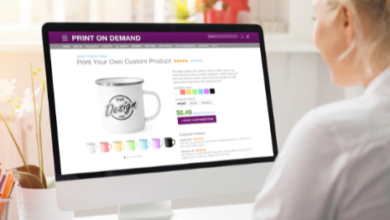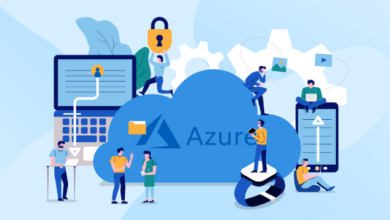Opening a Trading Account: Step-by-Step Instructions for Beginners

Embarking on your journey into the world of trading can be both exciting and daunting, especially for beginners. One of the crucial first steps in this journey is opening a trading account. This guide aims to provide comprehensive step-by-step instructions tailored to beginners, ensuring a smooth and informed process from start to finish.
Understanding Trading Accounts
Before diving into the process of opening a trading account, it’s essential to understand what a trading account is and its significance. Simply put, a trading account is a platform that allows individuals to buy and sell financial instruments such as stocks, bonds, options, and commodities. There are various types of trading accounts, including cash accounts, margin accounts, and retirement accounts. Each type has its own set of rules and features, catering to different investment strategies and goals.
Cash accounts are the most basic type, allowing traders to buy and sell securities using only the cash available in the account. Margin accounts, on the other hand, enable traders to borrow funds from the brokerage firm to leverage their trading positions, increasing the potential for profit (but also the risk of loss). Retirement accounts, such as Individual Retirement Accounts (IRAs) in the United States, offer tax advantages for retirement savings but may have restrictions on trading activities. Note that in the UAE, there may not be an equivalent of the IRA.
When choosing a brokerage firm, it’s important to consider the types of accounts they offer and whether they align with your investment goals. Some brokerage firms, like ADSS, provide a range of accounts to suit different trading strategies and risk profiles. Learn more about ADSS’ accounts and its tiers. Whether you’re looking for a traditional cash account or a margin account with increased leverage, it’s essential to choose a brokerage firm that offers the correct account type for your needs.
Researching Brokerage Firms
When assessing fees, be sure to consider not only commission charges per trade but also any account maintenance fees, inactivity fees, or additional charges for specific services. While lower fees can save you money in the long run, it’s essential to weigh them against the quality of service and platform features offered by the brokerage.
Customer service quality is another critical factor to consider, especially for beginners who may require assistance navigating the account opening process or troubleshooting issues with the trading platform. Look for brokerage firms with responsive customer support channels, such as live chat, phone support, and email, and check online reviews to gauge the experiences of other traders.
Read also
Preparing Documentation
Once you’ve chosen a brokerage firm, you’ll need to gather the necessary documentation to open your trading account. Commonly required documents include identification proof (such as a passport or driver’s license), proof of address (utility bills or bank statements), and a tax identification number (such as a Social Security number in the United States).
Ensure that your identification documents are valid and up-to-date, as expired documents may not be accepted. Similarly, proof of address documents should reflect your current residential address and be issued within the past few months. If you’re opening a retirement account, you may also need to provide additional documentation to verify your eligibility for tax benefits.
Opening the Account
With your documentation in hand, you can proceed to open your trading account. Most brokerage firms offer an online registration process that guides you through the necessary steps. You’ll be required to fill out application forms accurately, providing personal information such as your name, address, date of birth, and Social Security number (or equivalent tax identification number).
During the account opening process, you’ll also have the opportunity to select the type of account you wish to open (individual, joint, or retirement account) and customize certain account features and preferences. Take the time to review the information entered before submitting your application, ensuring that all details are accurate and up-to-date.
Funding the Account
Bank transfers are a common and convenient method of funding your account, allowing you to transfer funds directly from your bank account to your trading account. Most brokerage firms provide detailed instructions for initiating a bank transfer, including the account number and routing number to use.
Credit/debit cards are another popular funding option, offering instant access to deposited funds. Simply enter your card details on the brokerage’s payment portal, along with the desired deposit amount, and confirm the transaction. Be aware that some brokerage firms may charge a fee for credit/debit card deposits, so be sure to check the fee schedule beforehand.
Managing the Trading Account
Opening a trading account is just the beginning of your journey as a trader. It’s essential to actively manage your account to optimize your trading experience and mitigate risks. Set up security measures such as two-factor authentication and strong passwords to protect your account from unauthorized access.
Regularly monitor your account activity, keeping an eye on open positions, pending orders, and account balances. Familiarize yourself with account management tools provided by your brokerage firm, such as portfolio trackers, performance reports, and tax documents. These tools can help you track your investment performance, identify trends, and make informed decisions about your trading strategy.
Conclusion
Opening a trading account marks the beginning of your journey into the exciting world of trading. By following the step-by-step instructions outlined in this guide, beginners can navigate the account opening process with confidence and embark on their trading endeavors with a solid foundation. Remember to choose a reputable brokerage firm, familiarize yourself with the trading platform, and continuously educate yourself to enhance your trading skills and achieve your financial goals



